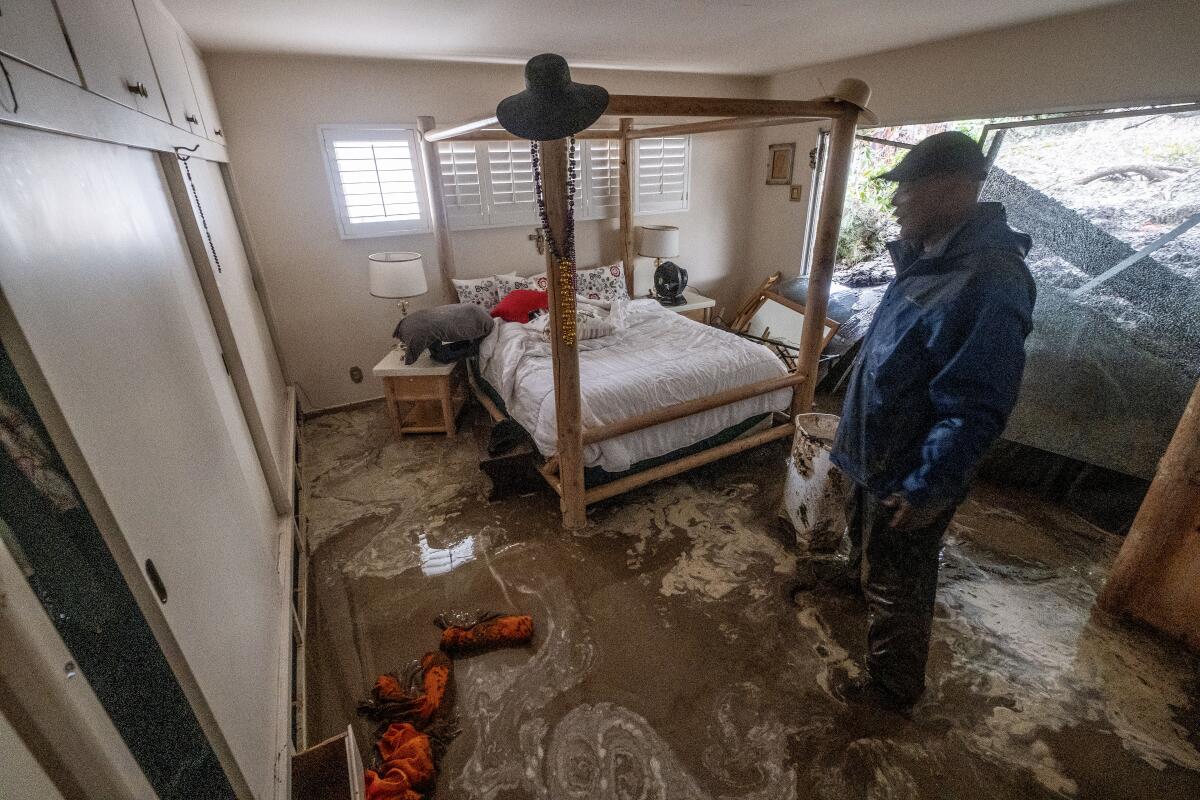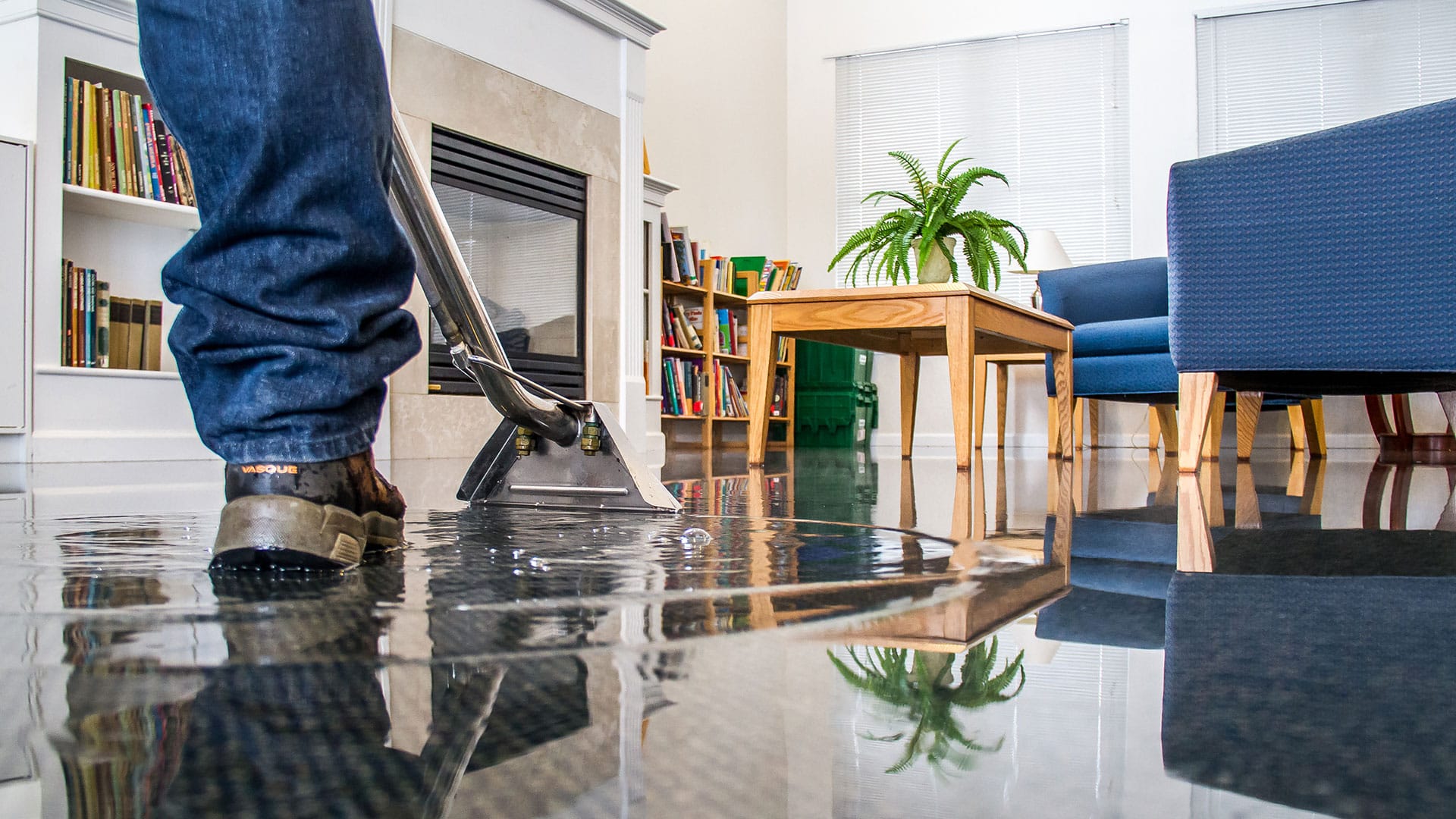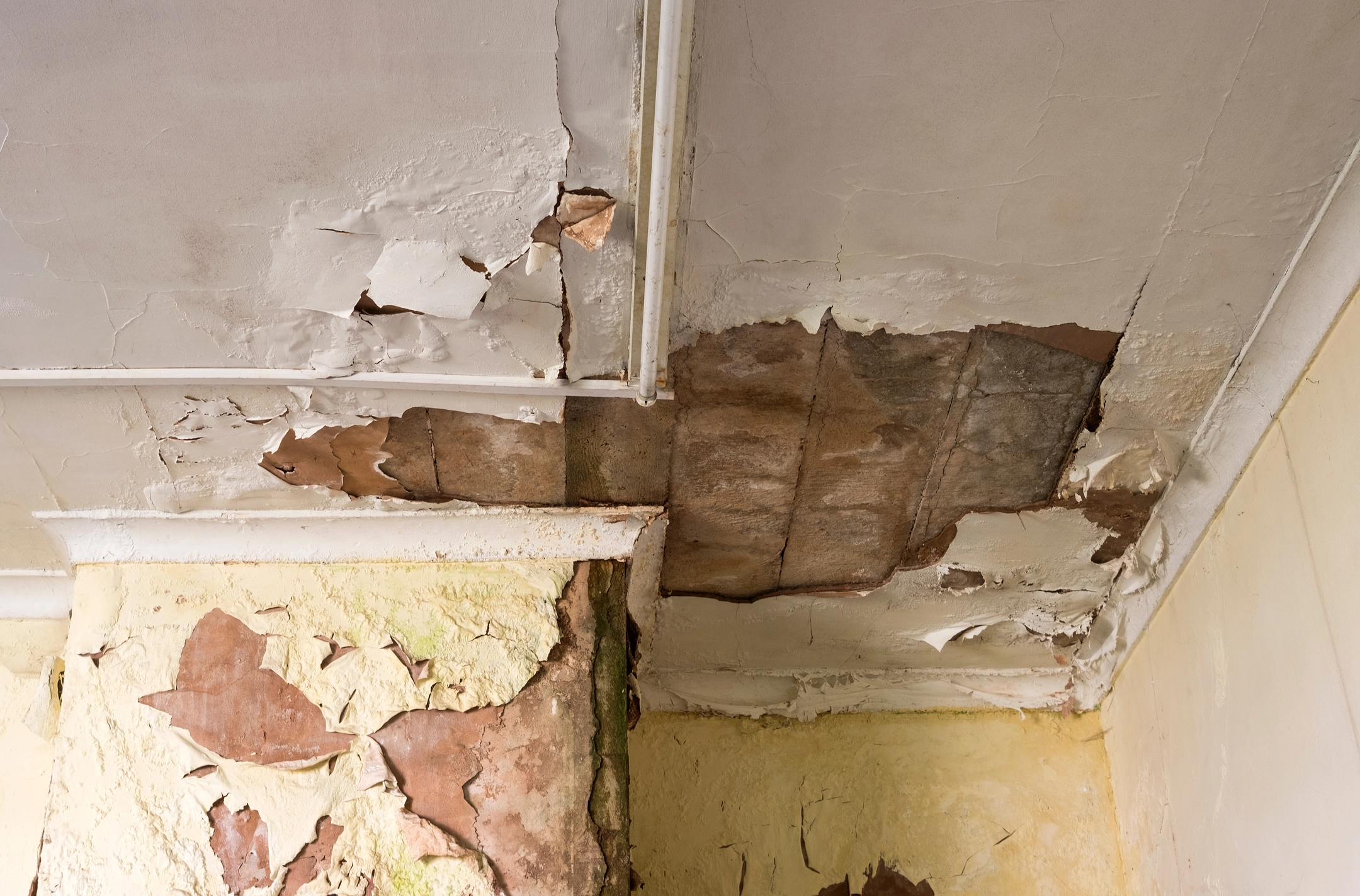Cost-Effective Damage Restoration Services to Handle Severe Water Issues
Cost-Effective Damage Restoration Services to Handle Severe Water Issues
Blog Article
The Refine of Water Damages Cleaning: Ensuring Your Home Is Brought Back Properly
Water damages can be a daunting obstacle for homeowners, necessitating a careful and organized cleanup procedure to restore safety and functionality. At first, a comprehensive assessment is critical to identify the extent of the damages and figure out the suitable remediation procedures. Following this, reliable water extraction methods play a crucial function in mitigating more injury. The subtleties of drying, sanitizing, and eventual repair are just as necessary and commonly forgotten. Comprehending these phases can make a considerable difference in the outcome of your home's remediation, prompting a closer look at what each step entails.
Evaluating the Damages
Upon discovering water damage, the initial step is to extensively evaluate the extent of the effect. This initial analysis is vital, as it helps determine the required actions for reliable clean-up and restoration. Begin by checking the impacted areas, consisting of walls, ceilings, floorings, and individual valuables, to recognize the resource of the water invasion, whether from flooding, leaks, or condensation.
Recording the damages is vital for both insurance policy claims and preparing restoration efforts - damage restoration services. Usage photographs and written notes to record the severity of the damage, noting any type of affected architectural elements and materials. Pay special attention to areas that might not be right away noticeable, such as behind walls and under carpetings, as hidden moisture can result in more difficulties, including mold and mildew growth
Additionally, analyze the timeline of the water exposure. The longer the products stay wet, the greater the possibility for damages. Understanding the duration of direct exposure will certainly inform the urgency of removal initiatives. Inevitably, a detailed evaluation lays the foundation for an effective water damage cleaning procedure, making sure that all affected areas are attended to effectively and thoroughly.
Water Extraction Strategies

Specialists normally utilize submersible pumps for larger volumes of water, which can quickly relieve flooding in basements or various other influenced areas. For smaller quantities, wet/dry vacuum cleaners are usually utilized to draw out recurring moisture from carpets and hard surfaces. In addition, utilizing mobile extractors allows for targeted elimination in restricted areas or areas with delicate products.
In circumstances of polluted water, such as sewage or floodwater, advanced removal strategies might include the usage of biohazard equipment to guarantee security and compliance with health and wellness policies. High-powered extraction tools are vital in reducing water retention in architectural products, which can cause mold and mildew growth and architectural deterioration if not dealt with quickly.
Inevitably, the effectiveness of water removal techniques plays an essential role in the overall success of the water damage clean-up process, preparing for subsequent repair initiatives.
Drying and Dehumidification
Once standing water has been properly drawn out, the following critical stage in the water damage clean-up process is drying and dehumidification. This action is necessary to avoid further damages and mold and mildew development, which can take place within 24 to 2 days in damp atmospheres.
To attain efficient drying out, specific equipment such as industrial-grade air movers and dehumidifiers is utilized. Air moving companies circulate air throughout wet surface areas, boosting dissipation prices, while dehumidifiers lower humidity levels airborne, promoting a conducive environment for drying. The combination of these devices ensures that wetness is attracted out from furnishings, floorings, and wall surfaces, enabling them to dry thoroughly.
It is very important to keep an eye on the drying procedure carefully. Specialists often utilize dampness meters to examine the dampness material in numerous materials, making certain that all impacted areas get to appropriate dry skin degrees. This meticulous approach aids to prevent concealed wetness pockets that might lead to architectural damage or harmful mold development.

Cleaning and Sanitizing
After the drying and dehumidification phase is total, the following vital action in water damage cleanup is cleansing and disinfecting the impacted areas. This process is important to stop the development of mold, germs, and other microorganisms that thrive in damp environments.
The cleansing phase generally entails eliminating any debris, dirt, and impurities from surfaces making use of specialized cleaning up representatives. For difficult surface areas, a mix of soap and water or business cleaning items is usually employed. Soft products, such as upholstery and rugs, might call for more substantial cleansing methods, including heavy steam cleaning or deep removal techniques, to ensure detailed sanitation.

Sanitizing complies with cleansing, utilizing EPA-approved disinfectants to remove hazardous microorganisms. This action is essential, particularly in locations that may have entered call with floodwaters or sewer, as these resources can position severe health and wellness threats.
Furthermore, it is very important to resolve any kind of staying smells, which might need using smell neutralizers or innovative methods like Your Domain Name ozone therapy. Proper cleaning and sanitizing not just restore the security and health of your home yet additionally lay the groundwork for successful repair and repair services in succeeding stages of the water damage cleanup process.
Repair and Repair Work

As soon as the analysis is total, remediation efforts can start. This generally involves fixing or replacing broken products, making certain that all work abides by local building regulations and requirements. If drywall has been endangered, it will certainly require to be removed and replaced with new material. Additionally, floor covering might need similar attention, relying on the level of water direct exposure.
It is important to involve seasoned repair experts throughout this process, as they have the More about the author know-how to handle complex repair services properly. Moreover, they can help reduce potential future problems, such as mold growth or architectural instability, hence ensuring a risk-free and habitable living atmosphere. Ultimately, reliable restoration and repairs restore the home's integrity and enhance its total value.
Conclusion
In final thought, the process of water damages clean-up is crucial for restoring a home to its pre-damage condition. Each stage, from assessing the damage to applying effective water removal strategies, followed by comprehensive drying, sanitizing, and required fixings, plays a necessary role in making certain safety and security and compliance with building requirements. Efficient execution of these steps not only reduces prompt damage but likewise improves the long-term integrity and worth of the home.
Water damages can be a difficult challenge for property owners, requiring a careful and structured cleanup process to restore safety and functionality. Eventually, a detailed assessment lays the foundation for a successful water damage clean-up procedure, making certain that all influenced areas are resolved properly and thoroughly.
Reliable water removal techniques are crucial in reducing damages and stopping further problems adhering to a water breach event.In verdict, the process of water damage cleanup is essential for bring back a home to its pre-damage condition. Each stage, from examining the damages to applying effective water removal strategies, followed by complete drying, sterilizing, and necessary fixings, plays a necessary duty in making sure safety and compliance with building criteria.
Report this page